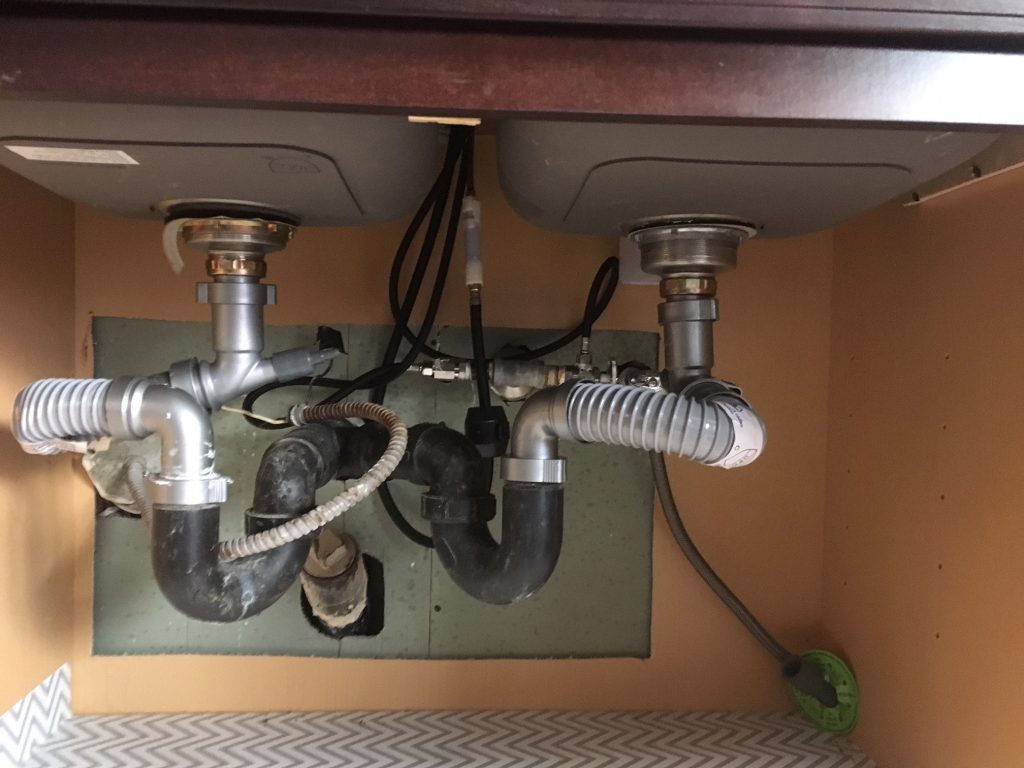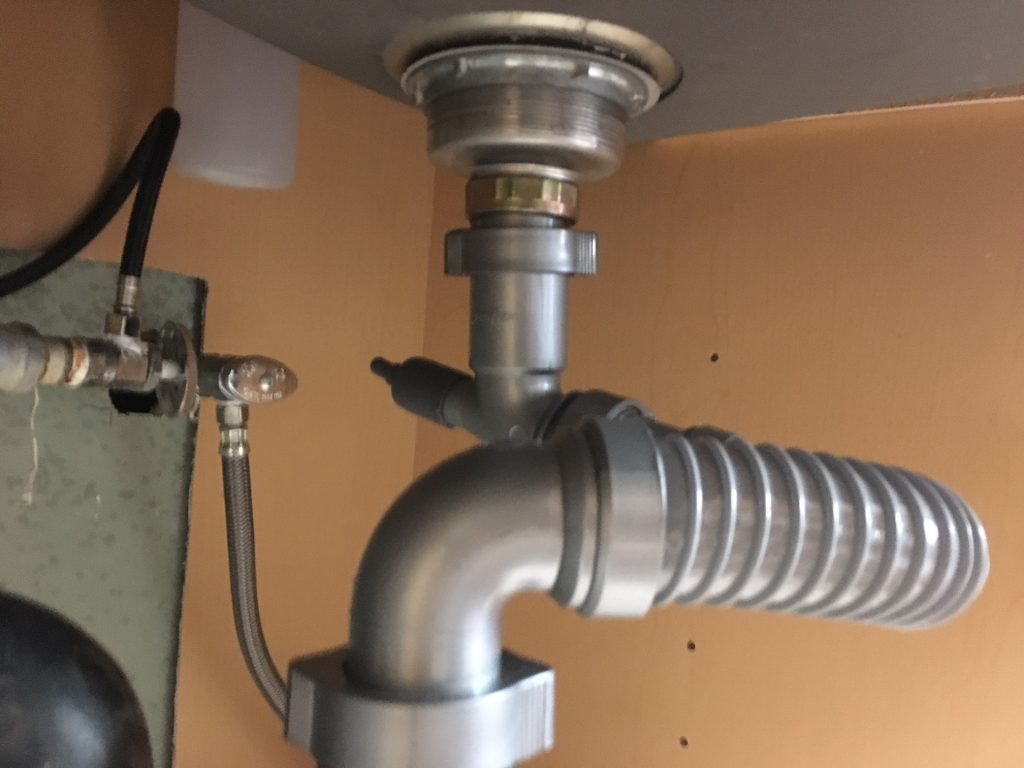by Kelly R. Smith
|
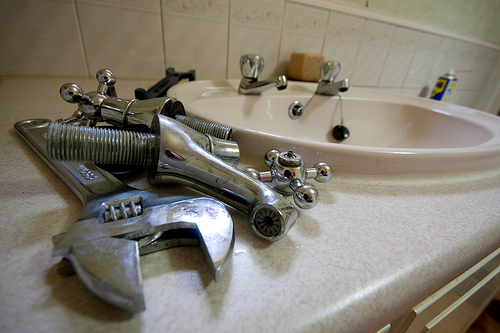
Sink faucets — are they functional or decorative? A bit of both actually. But keep in mind that when purchasing a new one, don’t scrimp on the price. For one thing, if you want real long-lasting brass components, you are going to have to pay for it. Secondly, you want a big name brand so that replacement parts are easily accessible. There are 4 types of sink faucets to consider. If you are also installing a new sink/s, the drain may not match up with the sewage pipe. Here’s how I fixed a misaligned sink.
4 Types of Faucets to Consider
- Ball faucets. This is considered a washerless faucet because of the absence of rubber or neoprene washers in its construction. It has a single handle that moves over a rounded ball-shaped cap that is right above the base of the faucet’s spout. The faucet has a single handle that controls a special plastic or metal ball inside the body of the faucet. The ball has chambers or slots in it, as well as rubber O-rings and spring-loaded rubber seals. Depending upon the ball’s position, the ball/lever assembly controls the flow and mixing temperature of the water coming out of the faucet. Because of the number of parts which make up this type of faucet, ball faucets tend to leak more than other washerless faucets such as the cartridge faucet or disc faucet. See my faucet repair article.
- Disc (or disk, if you prefer) faucets. Another washerless type, ceramic disk faucets are the most recent development in emerging faucet technology. They are known by their single lever lording over a wide cylindrical body. This faucet mixes hot and cold water inside a mixing chamber that is referred to as a pressure balance cartridge. 2 ceramic disks located at the bottom of the chamber are engineered to raise and lower to control the volume of the water flow. The temperature is controlled by a side-to-side rotation of the handle. These faucets are known to be high-quality, very reliable, and do not need to be repaired often. That’s a good thing.
- Cartridge faucet with 2 handles. Yet another washerless faucet, this one looks quite like a compression washer faucet. But, you can tell the difference by how the handles feel when they are operated. The compression faucet requires tightening down (or compress) the washer in order to staunch the water flow. With a cartridge faucet, the action is very smooth and consistent. With just a half turn, the handle goes from the off to the on position. It turns off without added pressure being required as with a compression faucet.
- Compression washer faucet. This type has been with us since the beginning of on-demand indoor plumbing. You will find them in older properties, and updated versions are still found installed in utility sinks in newer homes to this very day. They are typically the cheapest to purchase but are the most prone to leaks and maintenance. Compression washer faucets are identified by their separate hot and cold water handles (H and C) and their action requiring you to tighten the handles down to close off the water flow. They work using a compression stem. This is a type of glorified screw with a washer at the end of it pressing against a valve seat.
So those are your choices of the 4 types of sink faucets. This article has described their functionality; it is up to you to choose the wow factor of the style. For the kitchen, I prefer a gooseneck style with a spray attachment, but hey, that’s just me.

Looking for more great content? Visit our partner sites:
I offer article and blog-writing services. Interested? Hire Me!
Did you find this article helpful? Thanks for supporting this free site with a small donation! We depend on our readers rather than a bothersome paywall to keep the lights on here in the shop.
Visit Kelly’s profile on Pinterest.
About the Author:
 Kelly R. Smith is an Air Force veteran and was a commercial carpenter for 20 years before returning to night school at the University of Houston where he earned a Bachelor’s Degree in Computer Science. After working at NASA for a few years, he went on to develop software for the transportation, financial, and energy-trading industries. He has been writing, in one capacity or another, since he could hold a pencil. As a freelance writer now, he specializes in producing articles and blog content for a variety of clients. His personal blog is at I Can Fix Up My Home Blog where he muses on many different topics.
Kelly R. Smith is an Air Force veteran and was a commercial carpenter for 20 years before returning to night school at the University of Houston where he earned a Bachelor’s Degree in Computer Science. After working at NASA for a few years, he went on to develop software for the transportation, financial, and energy-trading industries. He has been writing, in one capacity or another, since he could hold a pencil. As a freelance writer now, he specializes in producing articles and blog content for a variety of clients. His personal blog is at I Can Fix Up My Home Blog where he muses on many different topics.



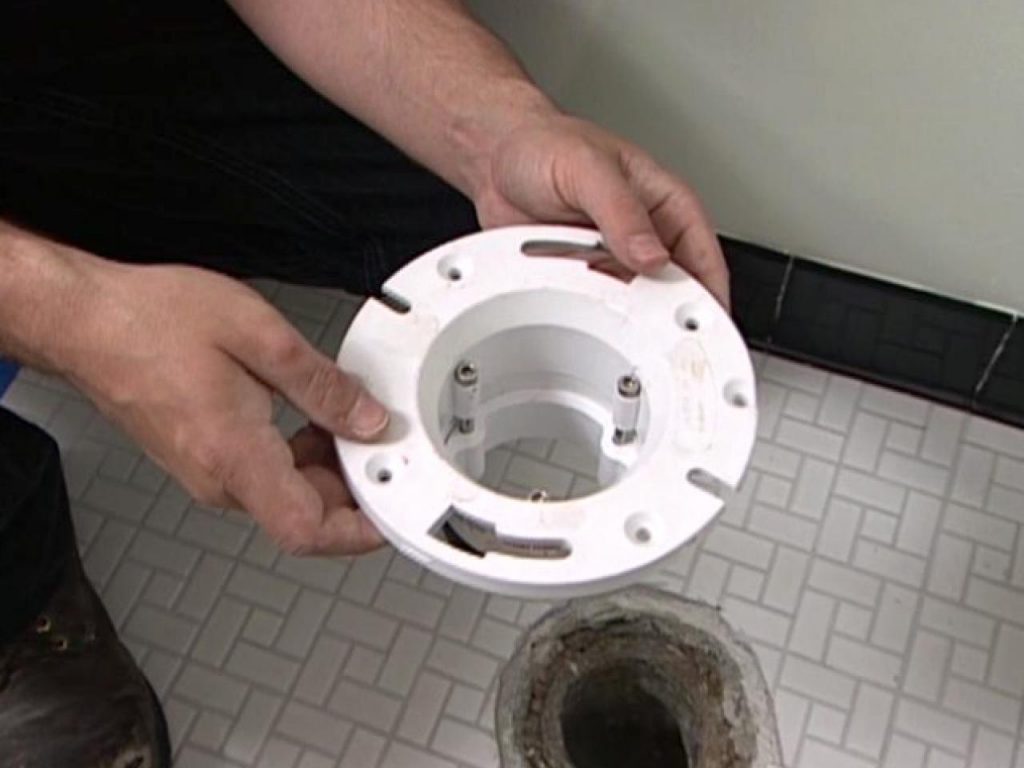
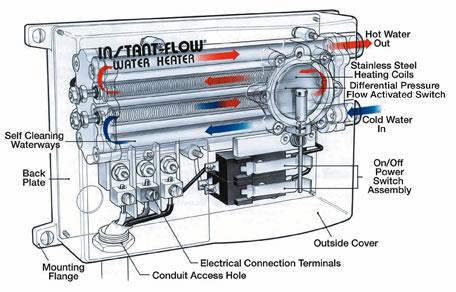

 Kelly R. Smith is an Air Force veteran and was a commercial carpenter for 20 years before returning to night school at the University of Houston where he earned a Bachelor’s Degree in Computer Science. After working at NASA for a few years, he went on to develop software for the transportation, financial, and energy-trading industries. He has been writing, in one capacity or another, since he could hold a pencil. As a freelance writer now, he specializes in producing articles and blog content for a variety of clients. His personal blog is at
Kelly R. Smith is an Air Force veteran and was a commercial carpenter for 20 years before returning to night school at the University of Houston where he earned a Bachelor’s Degree in Computer Science. After working at NASA for a few years, he went on to develop software for the transportation, financial, and energy-trading industries. He has been writing, in one capacity or another, since he could hold a pencil. As a freelance writer now, he specializes in producing articles and blog content for a variety of clients. His personal blog is at 